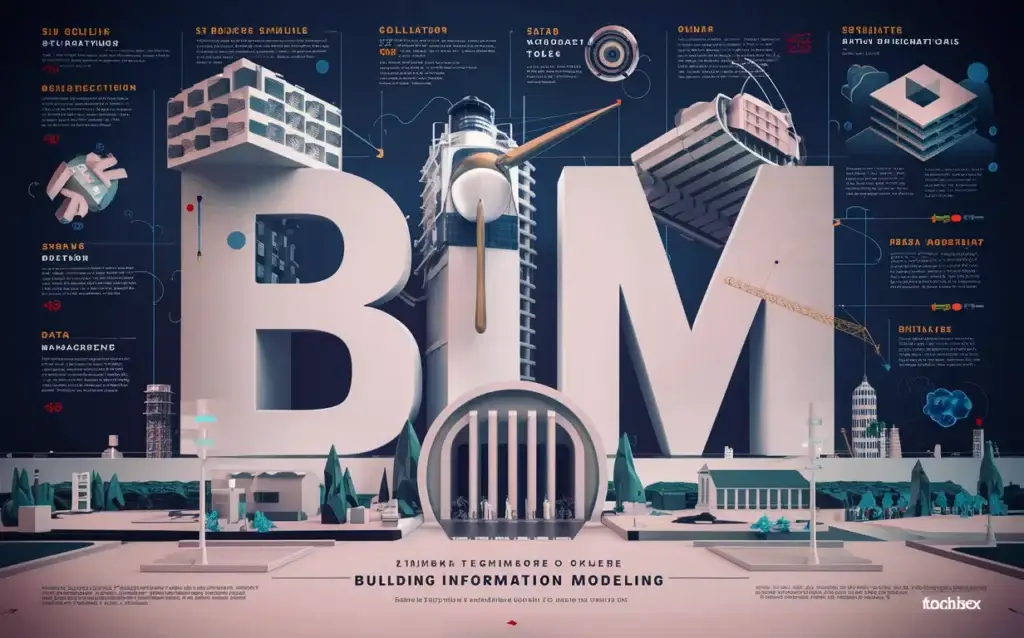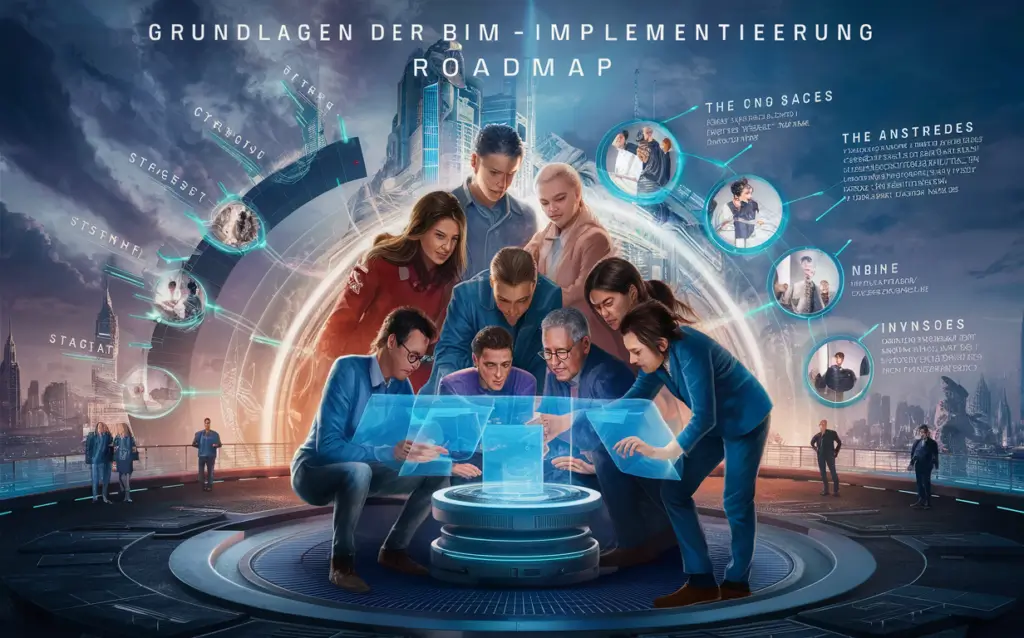Facility management tools: Efficient management and optimisation
Facility management tools play a central role in modern business management. They enable efficient management and optimisation of operational processes as well as improved resource utilisation. These software solutions support facility managers in the comprehensive control of all aspects of building management, including maintenance, servicing, space planning and utilisation. The use of facility management tools has been proven to result in cost savings, increased productivity and improved customer satisfaction. By integrating data collection and analysis functions, these tools enable well-founded decision-making processes [...]
Facility management tools: Efficient management and optimisation Read more »

















